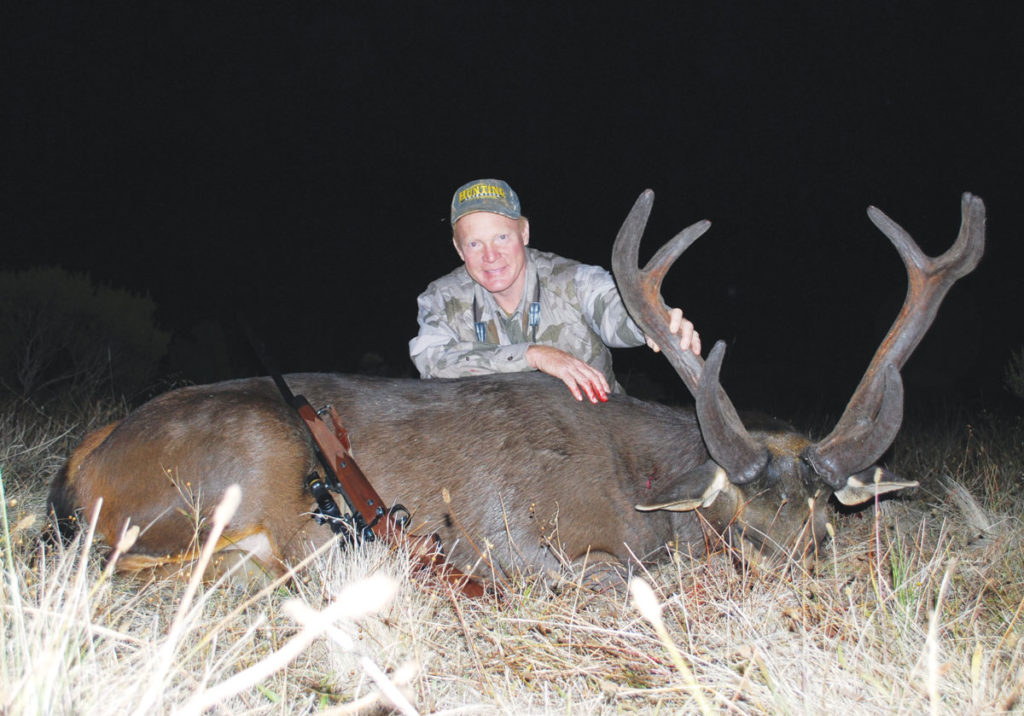

“I only caught five red foxes this morning,” he bemoaned. We stopped at his rural Maryland property and found him skinning a fox. I was introduced to him by a friend on a cold November day in 2014. Gene Garrett, for example, is a Maryland resident who retired to a new vocation-trapping. Meanwhile, a steadfast and even growing number of trappers see big benefits to be garnered from this now nationwide species. It took a lot of political wangling to give game managers an exemption-another example that illustrates why, just as carpenters need hammers and nails, wildlife officials need traps and hunters. Game managers had been using traps to keep the non-native red foxes out of the rail’s nesting grounds, but the ban included even the state’s wildlife agency. Ironically, that ban imperiled the endangered clapper rail. The red fox’s expansion is a good thing for predator hunters-and for anyone who likes to ride a horse and shout, “Tally-ho.” But trappers lost out after California voters approved a 1998 ballot initiative that completely bans traps on all lands in the state. Instead, thanks mostly to farming practices, Eastern American red foxes have now colonized their way to the Pacific. so they could chase them with hounds, but those red foxes don’t seem to have done a good job of passing on their genes, say the taxonomists. Some immigrants from England did introduce European red foxes to the U.S. The red fox is native to much of the northeastern part of North America, but it has expanded its range across the continent because of all the environmental changes settlers made to the landscape. If you think gun writers can be pedantic, try getting a few taxonomists together. Many people say that the rainbow is a native of the Northwest, but some taxonomists point out that rainbows have been interbred so much in hatcheries that what we have now are not native to any place, but are a human-made concoction. Meanwhile, rainbow trout from the West Coast were spawned in hatcheries and moved east. They did the same to cutthroat populations in the West. These fish expanded their habitat and devoured some of the native brook trout that were then still in the East. Soon thereafter, brown trout were planted across the U.S. Fish Commission released 4,900 brown trout fry into the Baldwin River, a tributary of the Pere Marquette River in Michigan. Many historians say that the first successful introduction of browns to the U.S. What is surprising is that it took them so long. Jared Wiklund, public-relations specialist for Pheasants Forever, says, “With an estimated 2 million pheasant hunters in North America, the ring-necked pheasant has progressed from an introduced, non-native species to an iconic resident of the Great Plains.”Ĭonsidering what deforestation and pollution did to native trout populations in North America in the 18th and 19th centuries, it isn’t surprising that some fishermen decided to transplant European brown trout to our lakes and streams. That’s why Pheasants Forever recently established a regional headquarters in Brookings, South Dakota, with the goal of sustaining a 1.5 million rooster harvest. Plain and simple, pheasants are big business in South Dakota. Those revenues are the result of approximately 62,000 resident and 79,000 nonresident pheasant hunters purchasing licenses, fuel, food, and lodging during the state’s three-month hunting season.


In South Dakota, pheasant hunting generates an estimated $223 million in retail economic impact annually, and an additional $111 million in salaries annually. During the 2014 hunting season alone, South Dakota Game, Fish and Parks reports, 1,199,804 pheasants were shot by hunters (504,144 by residents, 695,660 by nonresidents). Today, the pheasants have been introduced across the continental U.S., as well as in Mexico and Hawaii, and there are self-sustaining populations in much of the Midwest and West.


 0 kommentar(er)
0 kommentar(er)
